Ghost Ship, Ghost Town, Haunted Highways, Haunting, Horror
The Origins of Horror: From Ancient Legends to Modern Nightmares
In the Halloween season, it’s time to pay homage to the stories that first sent chills down our spines. Horror has been around as long as people have huddled together in the dark, whispering tales of things that go bump in the night.
But where did horror as we know it today come from? Let’s dive into the roots of horror and explore how these early stories still inspire the nightmares we see on screen and in books.
The Beginning: Monsters, Myths, and Fear of the Unknown
Before The Exorcist, before It, before your favorite creepy Netflix series, horror was alive and well in ancient myths and folklore. The earliest horror stories weren’t just tales—they were survival guides, cautionary fables, and ways to explain the unexplainable. Ancient Greeks had stories of the Gorgons, whose gaze could turn you to stone (Medusa would make an epic horror movie villain today). The ancient Egyptians warned of curses on tombs (looking at you, The Mummy), and the Norse had Draugr, undead warriors with a knack for haunting.
These tales weren’t just about scaring people for fun—they taught people how to navigate a dangerous, mysterious world. If you ventured into dark, unknown places, beware! Sound familiar? Even in modern horror, venturing into the “unknown” usually doesn’t end well. Just ask the characters in The Blair Witch Project or The Descent.
Gothic Beginnings: The Rise of Classic Horror
Jump to the 18th century, when Gothic literature put horror front and center. Think foggy castles, dark forests, and tortured souls. Enter Mary Shelley’s Frankenstein in 1818, a novel that arguably created the genre of science fiction horror. Shelley didn’t just give us a monster; she gave us existential dread. Frankenstein’s creature isn’t just scary because he’s reanimated; he’s terrifying because he’s a product of human ambition gone wrong. Sound like a familiar theme in sci-fi? Shelley’s influence is clear in stories that question the cost of scientific advancement, from Jurassic Park to Westworld.
Then there’s Bram Stoker’s Dracula, published in 1897. Dracula introduced the world to a suave, deadly villain with a taste for the finer (and bloodier) things in life. He’s since evolved into everything from Buffy the Vampire Slayer to the charming but chilling vampire next door in What We Do in the Shadow. Stoker’s themes of fear of the “other,” forbidden desire, and the power of myth still haunt us in modern horror and sci-fi.
Early 20th Century: Lovecraft and the Fear of the Unknowable
H.P. Lovecraft took horror into cosmic territory in the early 1900s, combining it with science fiction to create something disturbingly unique. Lovecraft wasn’t just interested in spooky things; he wrote about incomprehensible forces, beings that existed before humankind, and realms beyond our understanding. Enter: cosmic horror, the sense that we are tiny and powerless in the face of a vast, indifferent universe. Lovecraft’s themes echo in everything from Alien to Stranger Things, where curiosity often leads to terrifying discoveries.
Lovecraft’s work, though polarizing, revolutionized the genre, bringing a more psychological, existential form of horror that didn’t need jump scares or gore to get under your skin. You don’t have to “see” the monster—just knowing it exists is enough to ruin your sleep for a week.
Modern Horror: Building on the Bones of Giants
Today’s horror stories still pull from these early influences, though with a modern twist. Take Jordan Peele’s Get Out, which fuses social commentary with psychological horror, echoing themes of “otherness” that Stoker played with in Dracula. Peele takes it a step further by putting these fears into a contemporary setting, commenting on racial tensions while delivering scares. It’s horror that makes you think—just like Shelley’s Frankenstein did.
Then there’s Stranger Things, a love letter to both sci-fi and horror that manages to blend Lovecraft’s influence with ‘80s nostalgia, small-town creepiness, and a dash of government conspiracy. It’s a patchwork of the classics—fear of the unknown, monsters from other dimensions, the eerie familiarity of small-town America—but it’s served with a fresh, binge-worthy twist.
And let’s not forget the resurgence of The Invisible Man (2020), where the horror lies in the unseen. Just as early horror writers played with fear of the intangible, The Invisible Man uses modern technology to ask the question: What if you’re being haunted by something you can’t even see? It’s classic horror in a digital age, blending timeless fears with new anxieties.
Horror’s Timeless Appeal
What makes horror so timeless is that it evolves with us. From ancient legends and Gothic tales to modern nightmares, the genre adapts to reflect society’s current fears—whether it’s of scientific overreach, loss of control, or the endless unknowns of the universe. The horror stories of today are simply remixes of the same themes that terrified our ancestors.
So, as you cozy up with a scary book or movie this Halloween season, remember—you’re taking part in a long, thrilling tradition. After all, horror may change its face, but at its core, it’s still about our most basic fear: what we can’t see, don’t understand, and might be closer than we think. Sleep tight!
About Leif J. Erickson
Leif J. Erickson is a science fiction and fantasy author from a small farming community in west central Minnesota. Using his time wisely when he was a farmer, Leif developed many ideas, characters, and storylines to create over fifty unique first drafts and outlines for stories. From his start in a small town school, to college at North Dakota State University, back to his family farm, then to the bright lights of Minneapolis, Minnesota, and back to his small farming town, Leif has always had a love of writing.
When Leif isn’t writing he can be found with his wife hiking in state parks, canoeing local lakes and rivers, exploring local and regional ghost towns, experiencing museums, or simply reading or hanging out with friends and family. Leif draws on the local nature and ecology to find inspiration for his writing while he also asks what’s possible for technology and the human race, weaving them together for amazing stories that will stay with the reader for years to come. Leif looks forward to having many novel and story releases in the years to come.
You can see all of Leif’s Books here: Leif’s Amazon Author Page

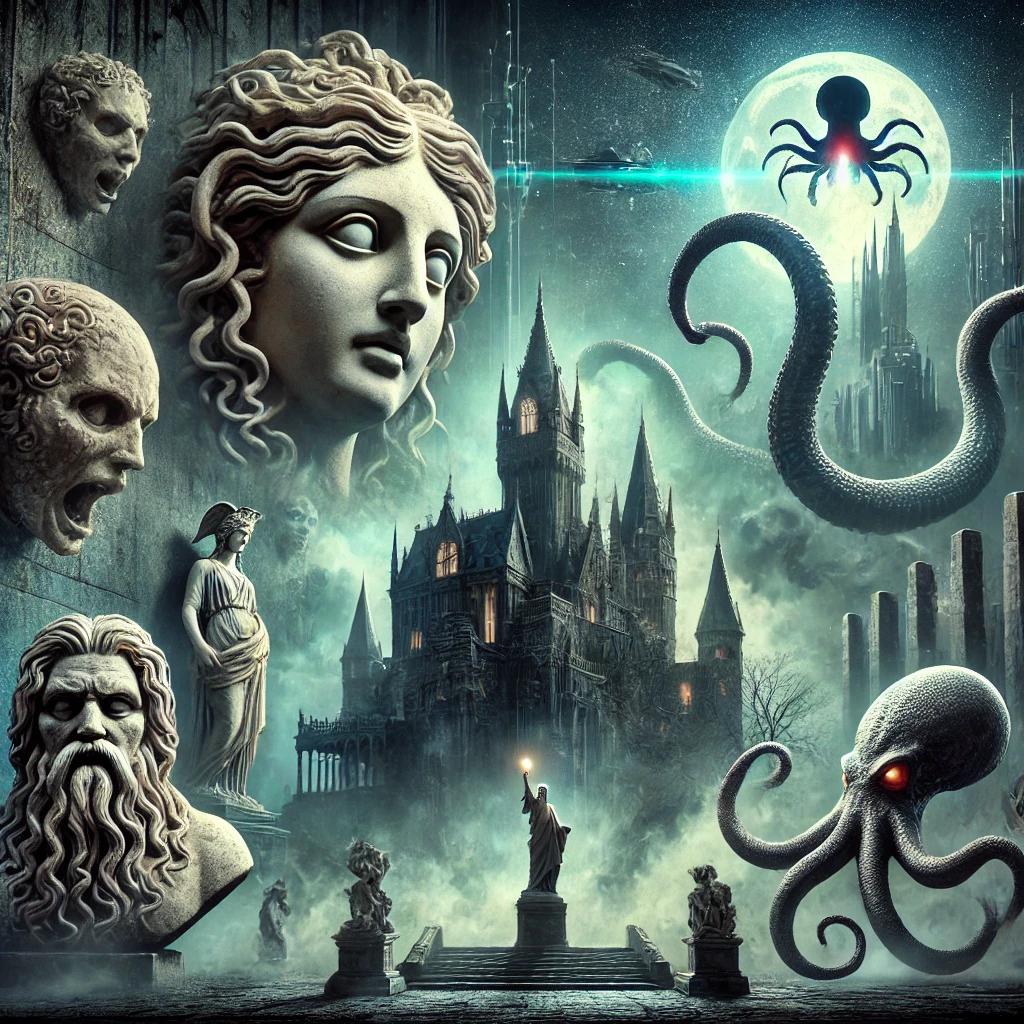


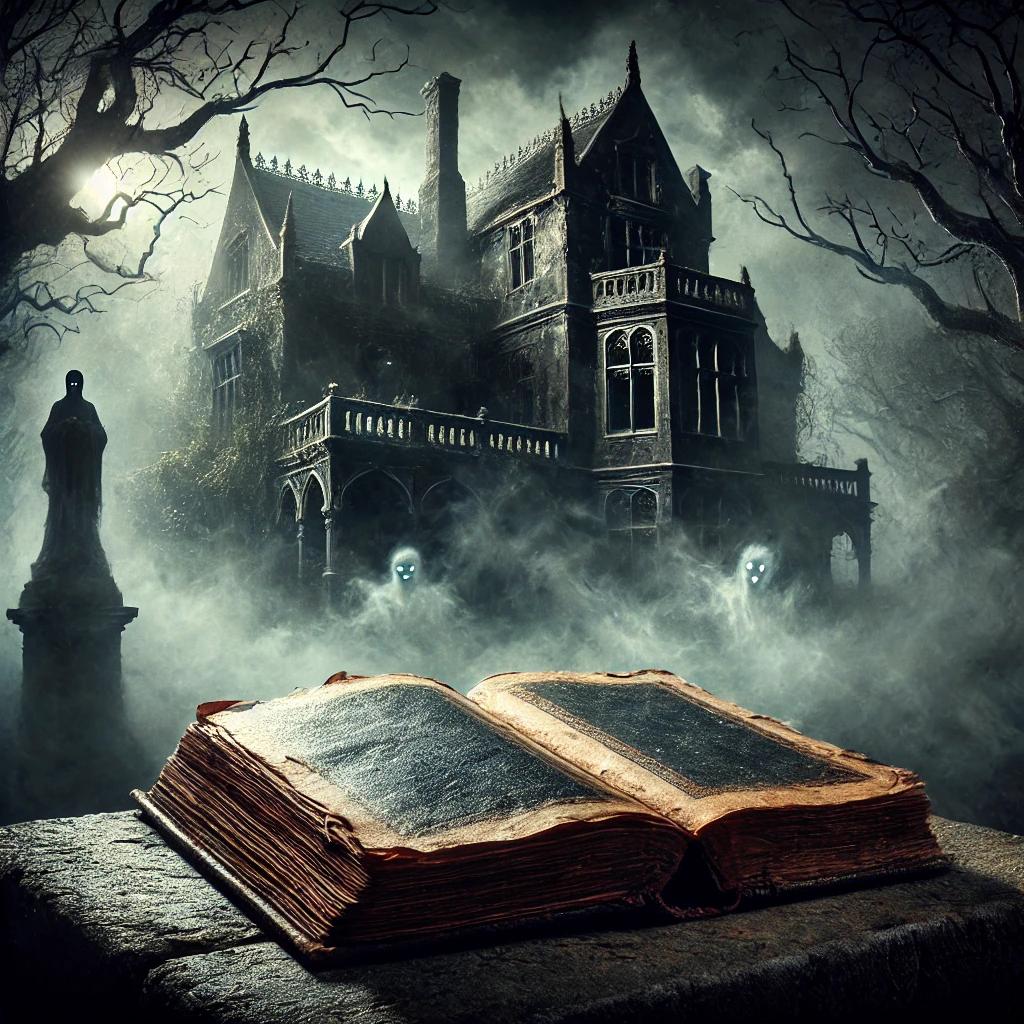
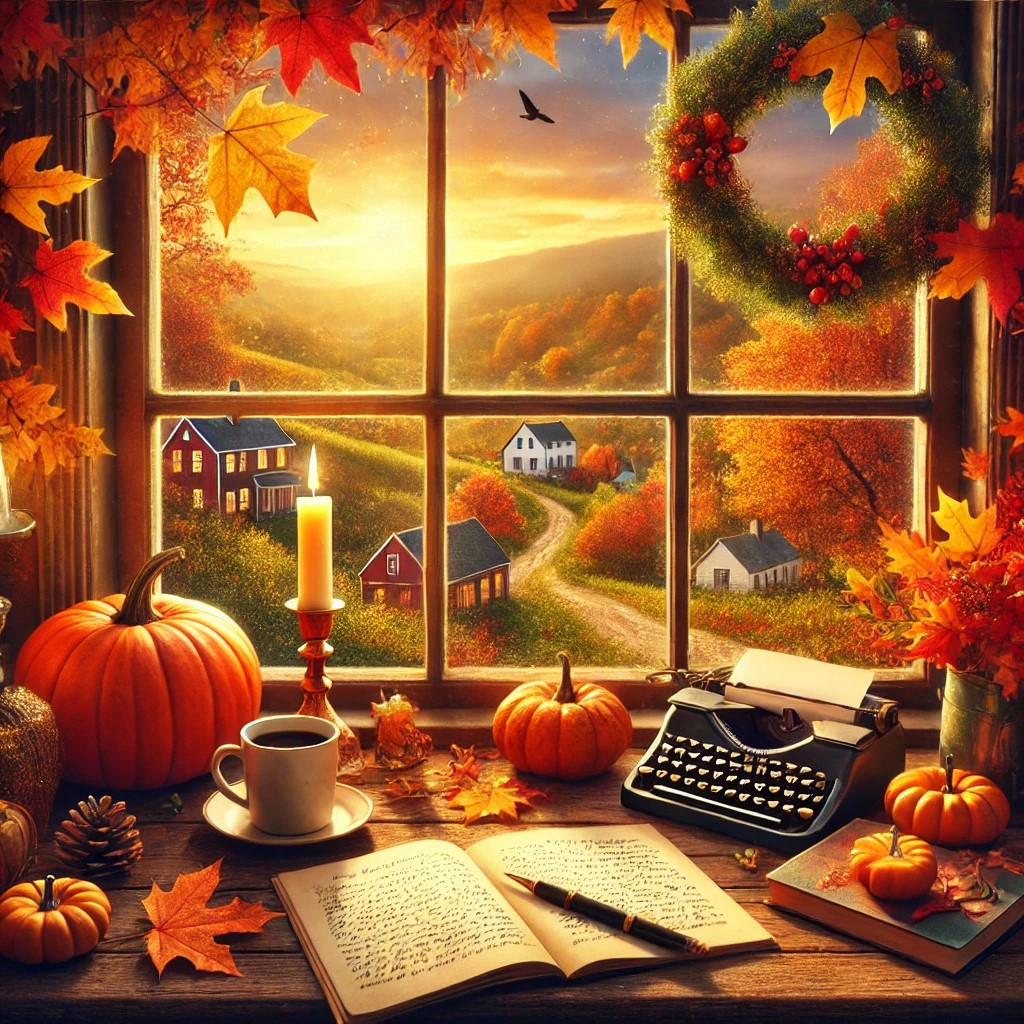
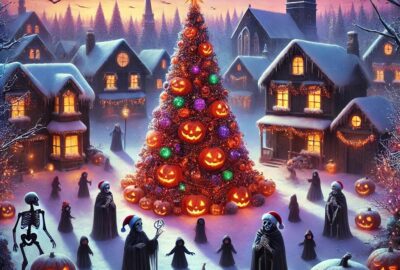
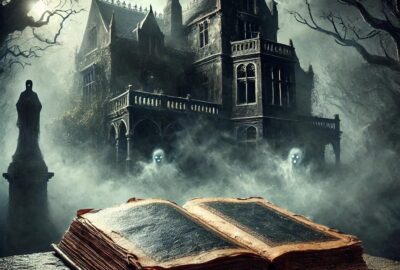


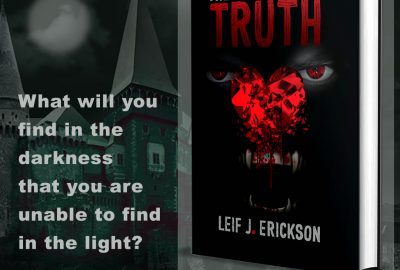

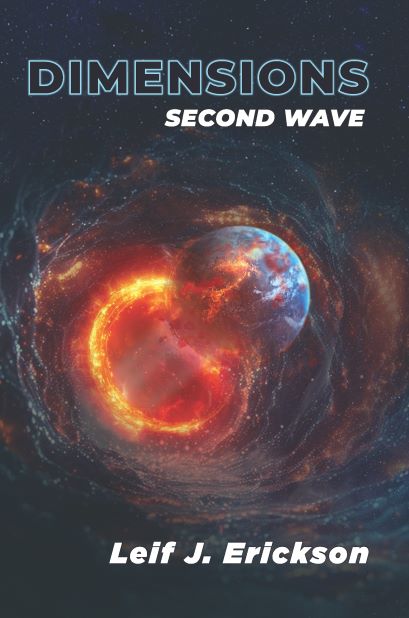
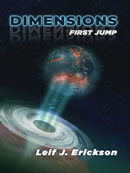
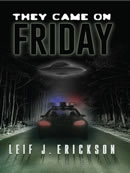

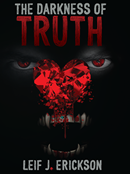
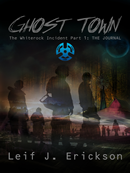
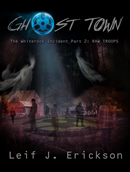

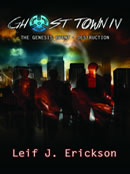

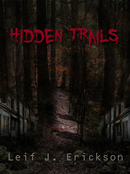
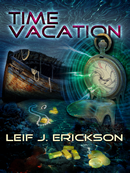





Leave a reply
You must be logged in to post a comment.